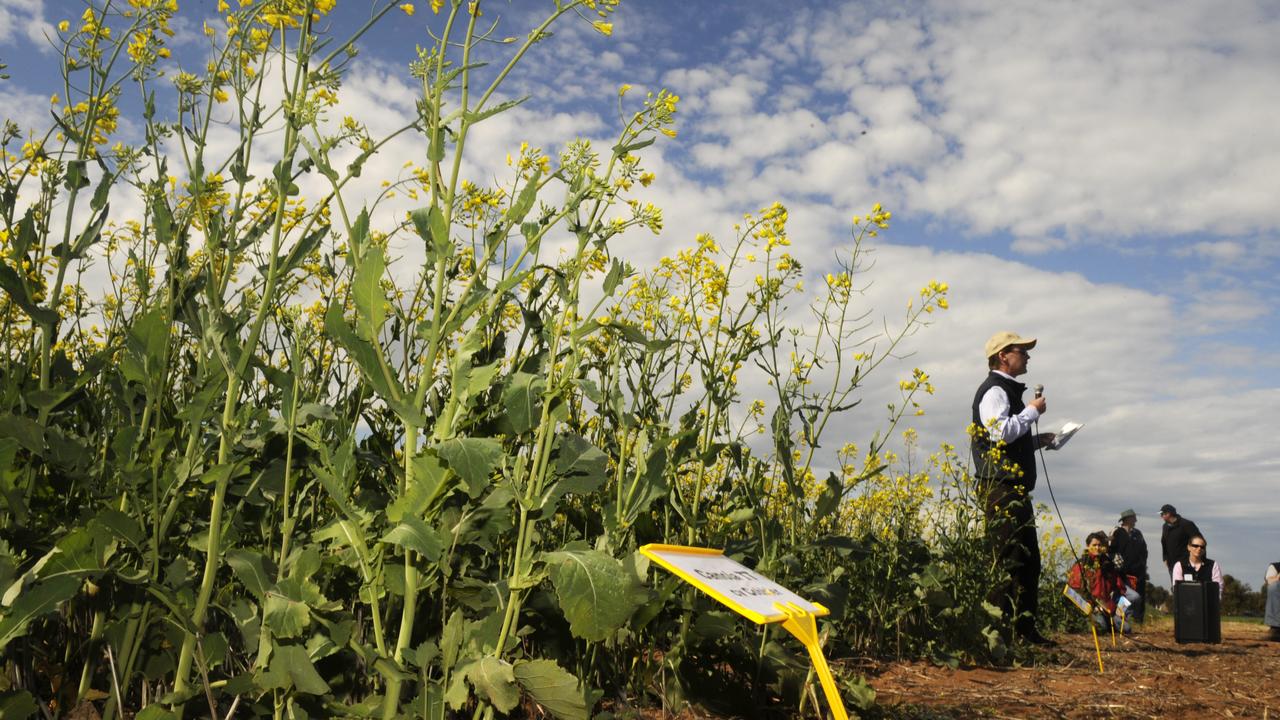



The thinning of the seasonal labourers along with the loss of crops is causing the farming world to have negative repercussions. However, what seems to be the cause for concern is that many are predicting that the worst is yet to come. According to reports, last week the National Lost Crop Register has exceeded $45 million in losses when analyzed at the farmgate value. Moreover, this register has just been opened since December of last year. Thus, this alarming number is a great cause for concern for the horticultural world.
In the past eight weeks, it has been reported that around 65 separate crop losses have been found. Furthermore, more than 85,000 horticultural businesses have suffered severe losses. Since imported food accounts for only 15 per cent of the nation’s daily food supply, the effects of tightening the food supply will be felt by all major retailers. In fact, supermarket prices are bound to increase because of crop loss.
According to agricultural experts, Queensland has reported a loss of crops up to $33 million. New South Wales has estimated a loss of $8 million and Western Australia has experienced crop loss of about $2 million. However, the number will not stop at this. There are many large growers that have not yet registered their losses. This situation is perhaps one of the worst situations in the horticultural industry. Even though there are some measures that are being taken to recover from this, the damage seems to be irreparable.
In addition to the pandemic, dry conditions in Western Australia and in northern New South Wales have also added to crop losses. For example, the yield of wheat in 2000 is reported to be 22% lower than in 1999. The crop losses cost farmers an estimated A$500 million to 600 million. The NSW Minister of Agriculture reportedly said that the situation was one of the worst disasters in Australian agricultural history.